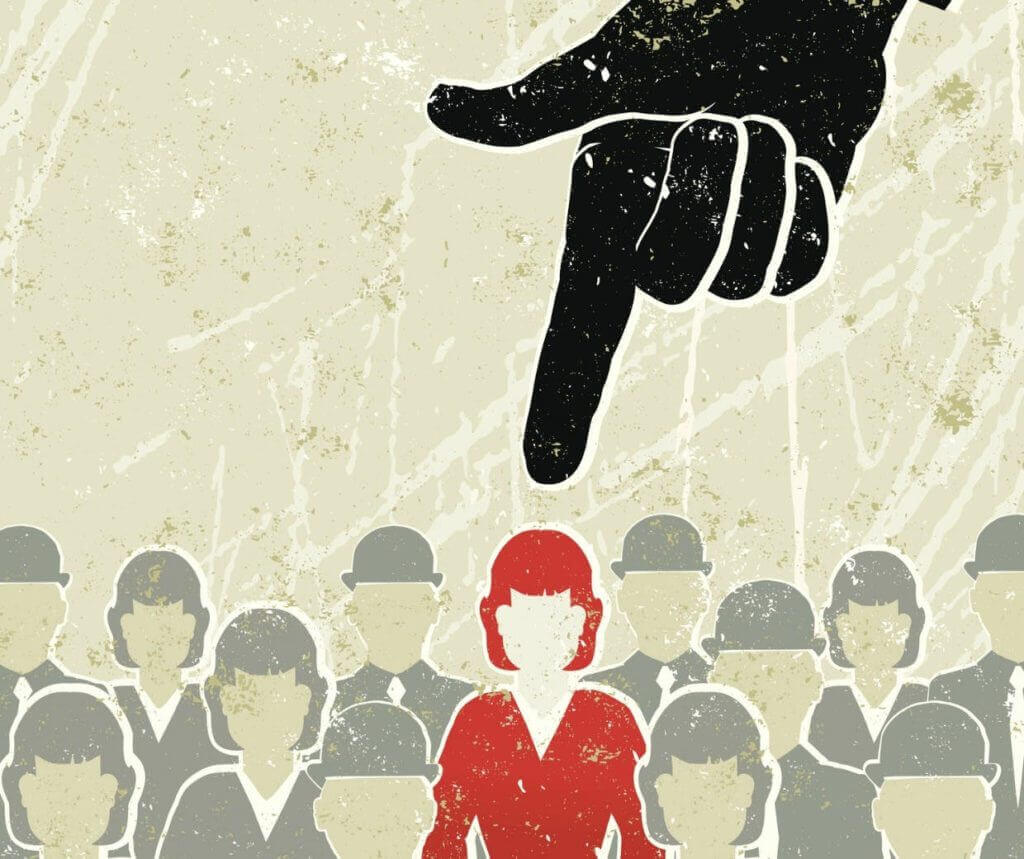
Fresh from some of the biggest travel conferences of the year, the major buzzwords we’re hearing are: AI, machine learning, voice recognition, and natural language processing.
When you break down how travel brands are using these exciting new technologies, the prevailing theme is: ‘Users First’.
At November’s Phocuswright Conference, Oliver Heckman, Google’s VP of Engineering for Travel and Shopping, said that “Travel companies can get ahead by thinking user-first, embracing automated marketing opportunities, and experimenting with new platforms.”
Expedia chief executive Mark Okerstrom said the brand plans to be a leader in using machine learning and big data to “get to better personalization and real customer-centricity”. Lufthansa, Hilton, TripAdvisor and others shared ambitious plans to put users first.
User experience customization is good for business
Curating online experiences for users isn’t new to travel and hospitality. Expedia, for example, has been using “travel graphs” to prioritise users’ options for years.
Even no-frills players like easyJet and Ryanair have invested heavily in data to better give users what they want.
The industry is, after all, essentially about anticipating and satisfying consumer’s individual desires.
There is another reason companies care about “users first”, though—it makes good business sense.
A 2017 study by The Boston Consulting Group showed that firms who use technology to create bespoke user experiences are growing two to three times faster than those who do not.
Think about Amazon, Netflix and iTunes – their personal recommendation engines drive 80% of their consumption.
In travel, 57% of US travelers now expect brands to tailor information to them based on personal preferences or past behaviours, and more than a third are even willing to pay more for it.
If “users first” works, then why aren’t all users buying?
OTAs typically implement ‘users first’ with a single objective: driving conversions.
Travel brands use technology to customise sort order, alter UX, and make recommendations, all to push people down the conversion funnel. And it works well–for users who are ready to buy.



